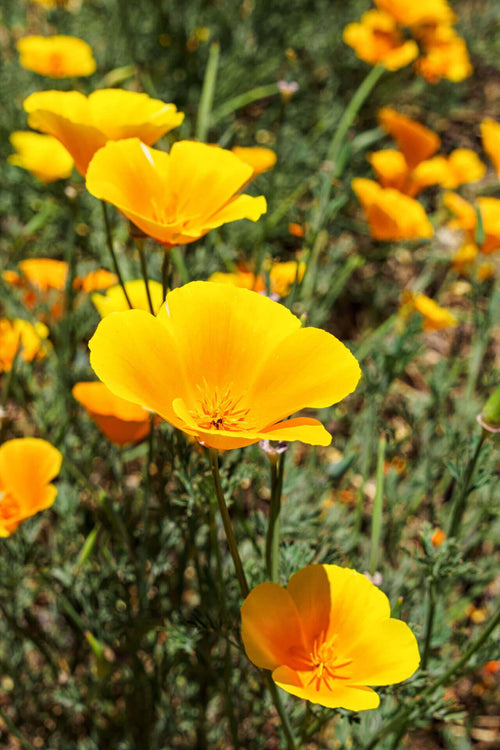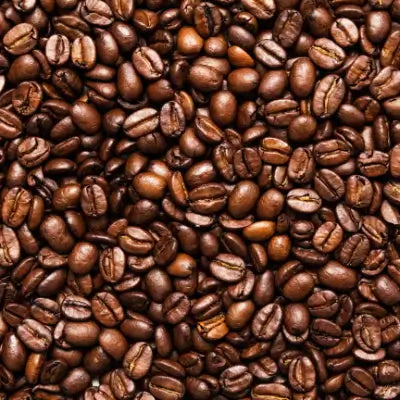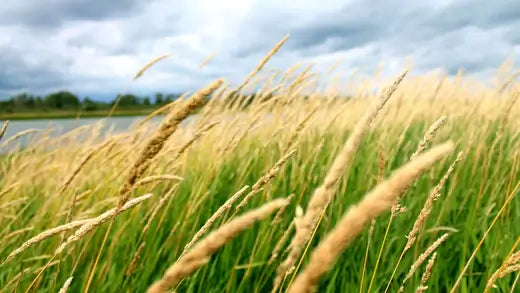The Best Shade Perennials
Shade perennials are those that thrive in areas with little sunlight. They're an excellent option for any garden since they can bring appearance and color to places that otherwise appear dull or empty. Here are some suggestions for selecting the ideal shade perennials to plant in your garden:
Find out how much shade your garden gets. There are two types of dye: full shade and dappled shade. Partially shaded areas receive only a few hours of direct sunlight daily, whereas completely shaded areas receive no direct sunlight. Dappled shade areas get filtered light through leaves.
Think about the type of soil you want to use that you have in your garden. Shade perennials prefer well-drained soil with a high percentage of organic matter. However, certain shade perennials, for instance, ferns, are tolerant of wet earth.
Select perennials that are suitable for the climate you live in. Certain shade perennials are better resistant to cold temperatures, while others prefer warmer climates.
Find plants with attractive foliage. Because shade perennials rarely feature flower displays, leaves are often the most attractive feature. Find plants with variegated foliage, fascinating textures, and unusual forms.
Be aware of the height and the spread of the plant height and spread. Shade perennials come in various shapes and sizes, making it essential to select suitable plants for your garden. Taller plants can provide dimension and height, while smaller ones can fill the gaps and create a soil covering.
Pick plants that will bloom at various times. Although shade perennials typically don't provide long-lasting blooms, you can still make an attractive display by choosing plants that bloom at multiple dates throughout the year.
Here are the most well-known shade perennials to consider:
Golden Poppy Plant
Stylophorum Diphyllum is one of the bright native wildflowers that is yellow and can bloom in spring and at the beginning of summer. It is a perennial that thrives in the full shade of USDA zones 4 to 9. Celandine poppy plants form tiny, impressive clumps that are stunning in various settings. You can use them as urn fillers at the entrance to a shaded area, along outdoor borders, or in the shade, gardens to add bright yellow color.
The plants of the poppy are tall and beautiful. The golden blooms measure 3 and 4" across and have four petals with crinkled edges and lovely rounded shapes. The flower head takes the form of a shallow saucer. This plant is a biennial, meaning it lives for two full seasons or growing cycles. However, it is also a self-seeding plant. That means you do not need to replant it manually--the seeds drop after the flowers fade, so you don't need to do the hard work. Protect your poppies from frost and extreme winter cold by insulating your flowers with a 1" layer of mulch or broken leaf litter. Remove the layer at the end of winter or the beginning of spring.
Dandelion Plant
Tara Xacum isn't an herb, as some might think. Instead, it is a perennial plant that will provide green ground cover and bright yellow flowers that last for a long blooming season. It is a fan of the full sun. However, it can bloom in nearly any light except deep shade. It is a great plant to grow in USDA zones of hardiness for plants 3-10.
Dandelion plants are among the most misunderstood species. North Americans slander this plant as a weed and call for the removal and destruction of this plant. However, different cultures cultivate it, are fond of it, and use it to nourish their green leaves and stem and as a herbal remedy.
Most people are aware that the dandelion requires little care. They can grow anywhere you'd like to place them and spread quickly. Dandelion plants are beautiful and vibrant yellow flowers that appear in early spring and last through the beginning of winter.
They are situated on an elongated, hollow stem. The flower head pops up when the sun rises in the morning and then goes back to sleep in the evening. A plethora of yellow fairy-sized petals come together to form one flower head. They release seeds in the white puffball, dispersing with the wind and creating new plants.
Bellflower Plant
The Bell Flower plant, also known as the Bell Flower plant called Mary Bells, gets its name from the bell-shaped flowers. The plant grows on green vines, nearly two feet tall and almost 18 inches wide.
In early spring, the plant begins to bloom bright yellow bell-shaped flowers. From a landscaping standpoint, the higher the plants grow, the more likely they are to lean against each other, creating beautiful designs against brick walls. Bellflower Plants are native to the Northeastern portion of the US. However, they can thrive in zones 4 through 9 with equal enthusiasm.
Although many similar plants appear to fade when they flower, Bell Wort Plants may flower in May or early June but keep their blooms throughout summer. Bell Flower Perennials Plants need rich, moist soil.
However, it should be neat. Bell Flower Plants prefer shade So, plant them under others or in locations with ample shade to guard the plants. Ensure that the soil they're growing in is organically and rich.
Generally speaking, you need around one inch between the plants. Cultivating Bell Wort Plants in both the fall and spring is possible. If you plant them in autumn, the plants might flower in spring. However, if you produce them in spring, you must wait until next year to see the flowers.
Jacob's Ladder
The plant is native to shady habitats. Jacob's Ladder grows naturally in moist grasslands, woodlands, meadows, and rock areas. There is no need for additional water during summer to cultivate the plant to reproduce.
The plant's leaves, which are long and variegated, are characterized by the appearance of a "ladder-like" formation. The perennial flowers are massive clusters of blue, lavender, pink, yellow, and white flowers in hard stamens, as long as they don't get overwatered.
Jacob's Ladder is a shade-loving plant that requires less light than native perennials and is more akin to biennials. Greek Valerian, or Jacob's Ladder, is also used to treat animal bites, dysentery, and toothaches in Greece. It is still being used for its medicinal properties in Western natural pharmaceuticals, but especially in Europe in the region where it's a common ingredient.
Trumpet Vine
Campsis Radicans thrive in the hardy zones 4-9. The expected growth rate could reach 15 feet. The trumpet vine is a stunning perennial plant since it will provide color and wildlife to your garden. One benefit of this trumpet vine is you'll begin to see hummingbirds from the moment they start to flower. The hummingbirds enjoy the sweet nectar from the blossoms of these plants. It's not only a magnet for hummingbirds, but it also attracts deer and bees.
The flowers can reach as long as 6 inches. They are trumpet-shaped and can range in color from orange to red. The flower's interior is yellow and contains nectar. The orange and red color is what attracts birds to your garden. The plant is like a groundcover or vine due to its shallow roots that can grasp everything and climb onto objects in its pathway. It is often found growing along a fence or trellis and an arbor.
These plants are easy to cultivate, transforming an open outdoor space look gorgeous. Their flowering time is midsummer in late summer, then the beginning of autumn. The beautiful flowers they produce are red, orange, gold, or even bright yellow.
The stunning blooms of this plant contain sweet nectar that attracts Bumblebees and hummingbirds, which is a beautiful feature of any garden with blossoms. It is a rapid-growing creeper, and it can quickly cover fences, walls, or even benches with beautiful flowers.
Watering should be done regularly if the plant needs to be established within its regular garden.


















































